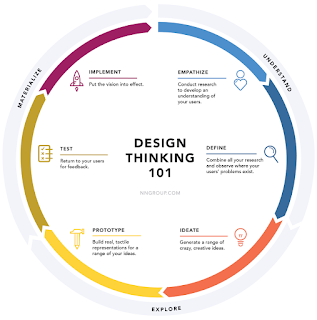Digital Savvy Teacher

Moore's Law states that technological advances double every two years, and in the same time frame, the cost of that technology halves. This puts digital tools in the laps of classrooms all over Aotearoa very quickly after they first appear on the market. So how on Earth do we keep up with it all? We don't, at least, not all of it. I have some simple rules which I apply that helps me filter out what I might invest my time into learning: What will enhance the learning of my ākonga? My SAMR rule Start from a place of my own strength and confidence Can I learn about it in 60 minutes? Can I create something classroom-useful in 20 minutes? Join a community Why? 1. I'm a real fan of Sinek's Golden Circles when it comes to making changes to my classroom practice because it helps me focus on why I am making changes. So much of what we do in classrooms does actually help ākonga learning so I want to be clear that when I introduce a new tool or stra...




